Wild Kids Magazine for July 2020
Welcome July! Here is this month’s edition of Wild Kids Magazine. As always, it’s ad-free and 100% free to read online or on your electronic device, or to print out. Note: To read it on a Kindle or with a Kindle app, save the PDF file and mail it to your Kindle email address (this page can help you find your Kindle email address if you don’t know it).
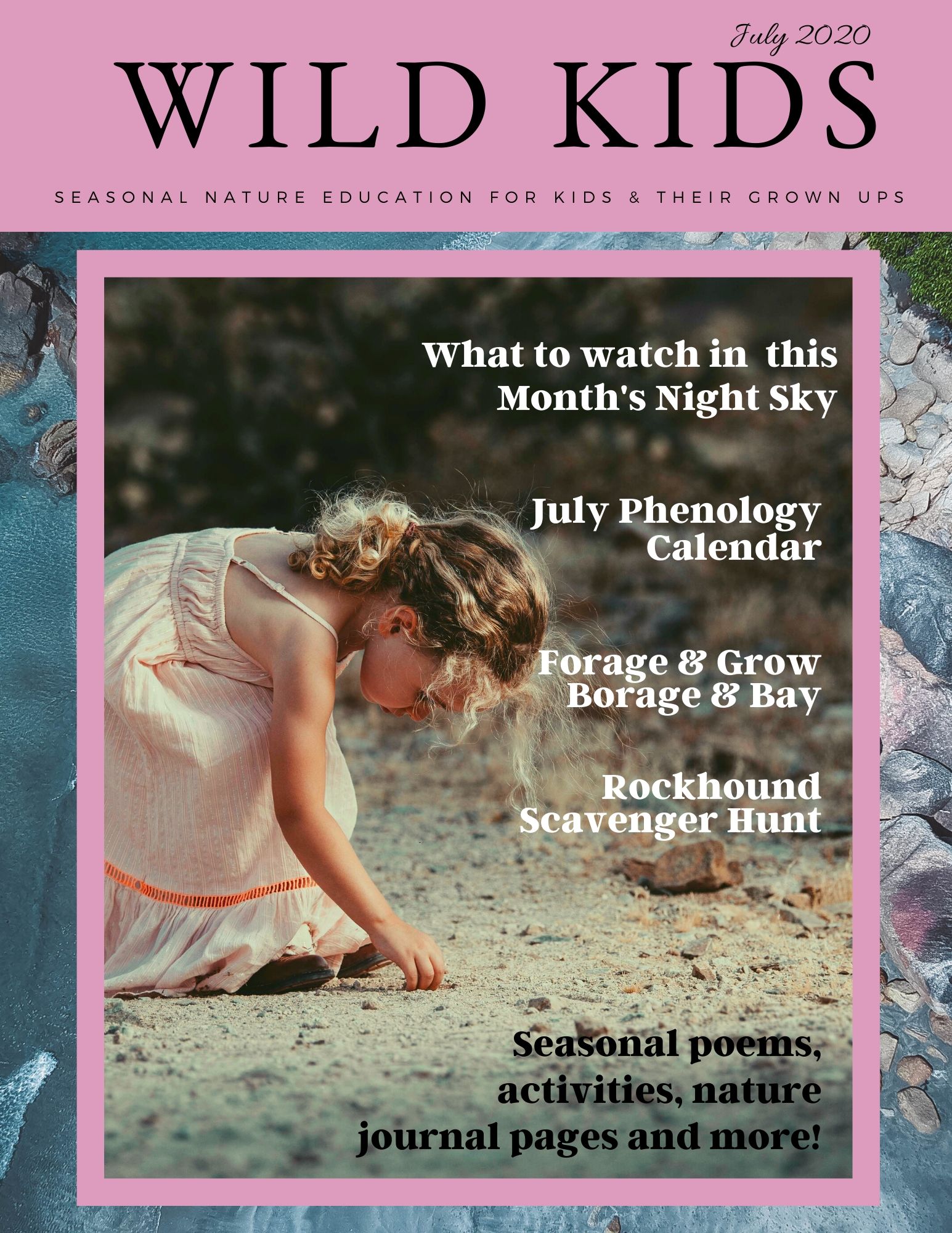
This month’s issue is 18 pages and has a rock scavenger hunt with information on identifying rocks (I’ve got links for more rock ID below), news about great astronomical events going on this month, info on growing and foraging borage and bay leaves, nature poetry by Emily Dickinson, a July phenology calendar, ways to have fun and learn with nature this month, nature journal pages and more.
Click here to download the magazine: July 2020 Wild Kids Magazine
Here are some links to learn more about this month’s topics:
Borage
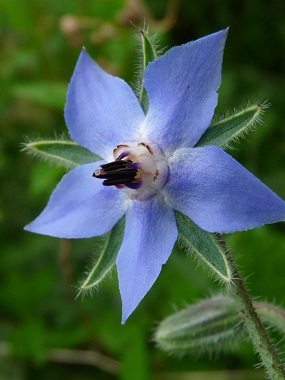 Homestead.org has a wonderful page all about the history and use of borage. One read and you’ll be sure to want to find or plant some of this helpful, pretty herb!
Homestead.org has a wonderful page all about the history and use of borage. One read and you’ll be sure to want to find or plant some of this helpful, pretty herb!
Mother Earth News also has good information on using and growing borage.
Wild Food UK has good basic information about identifying and using borage, as does Edible Wild Food.
Bay
The Gardening Cook has all kinds of information on growing and using bay.
The Spruce also has good information about growing your own bay laurel.
ForageSF has a great article about foraging bay leaves and their fruits and nuts, including where to find them, how to ID them, how to preserve the leaves and more. Bay Nature has more information about processing the nuts if you want to try your hand at that. The wonderful Grow Forage Cook Ferment also has a great post about foraging bay in Oregon, though she cautions that the bay found in the U.S. (Umbellularia californica) is much stronger than the ones we’re used to in our spice cabinets.
For those in the southern United States, Foraging Texas has great info on the species you’ll find there, sweet bay (Laurus nobilis), redbay (Persea borbonia) and the toxic laurel cherry (Prunus caroliniana) that you can distinguish because its leaves have teeth and it has a different smell (it smells like burnt almonds instead of like classic bay leaves). This is a good example of how smell can sometimes help us properly identify a wild food from dangerous lookalikes. Ramps are another good example — they look similar to poisonous lily of the valley, but they have a classic onion/garlic smell that tells you that you have the right plant.
Lastly, Herbs at Home has information about how to use the leaves for various oils and home remedies.
Rock identification
Science 6 at FMS has a really fantastic bunch of links to learn all about rock identification.
Texas Rocks and Minerals, by Roselle M. Girard is a public domain ebook that is a bit dated but has detailed information to help you narrow down rocks you’re trying to ID.
Thought Company also has a really good set of charts and questions to help you ID your rocks and minerals at Rock Identification Made Easy.
Physical Geology is a free digital textbook published by the University of Saskatchewan that you can download or read online. The chapters are very helpful in learning more about various types of rocks.
This page from a free geology course from Lumen has great information on determining aspects like luster, hardness and such in identifying rocks and minerals, with great photos to help kids (or grown ups) narrow down their finds.
Lastly, here’s one last set of charts to help ID rocks by their characteristics.
July meteorological events
Earthsky.org has great information on why this month is so good for seeing all five of the bright planets.
Accuweather has info about the double meteor shower and other notable nightly events.
Have a wonderul, safe, wild month!


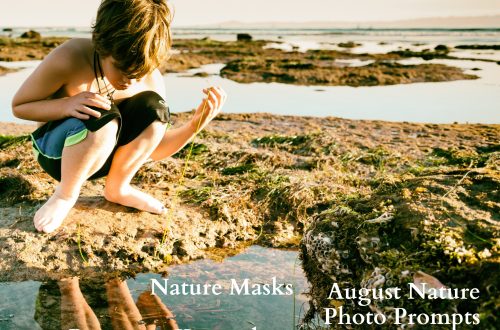
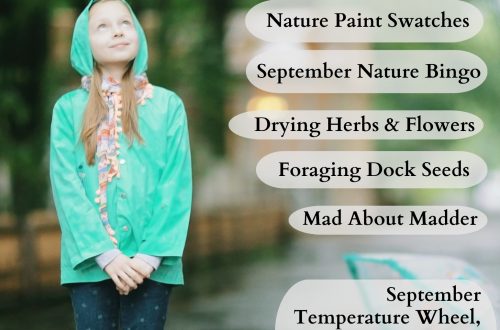
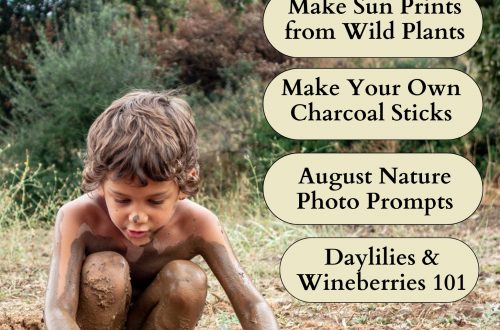
One Comment
Christie
As always, this is such a blessing and absolutely beautiful!! Thank you again!